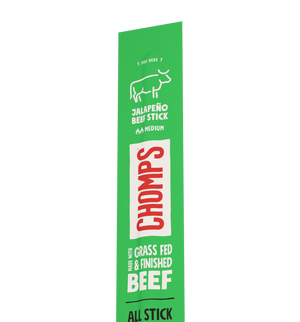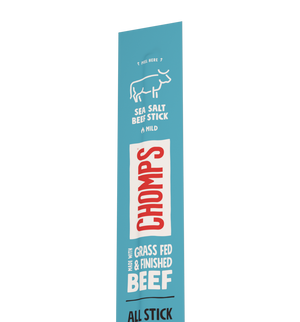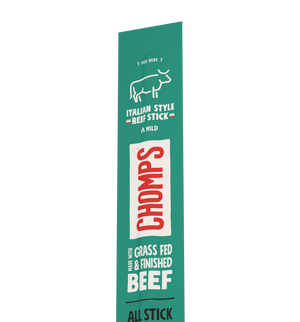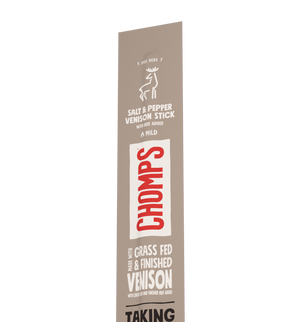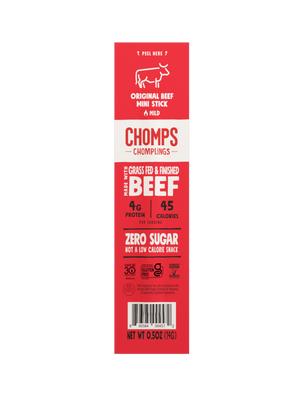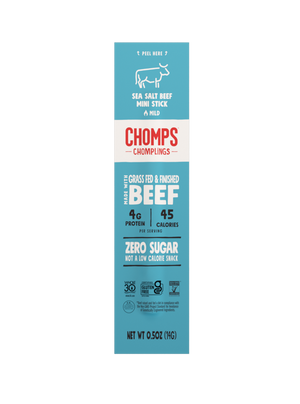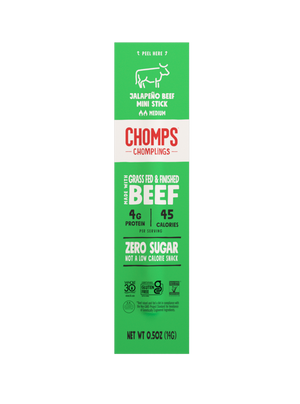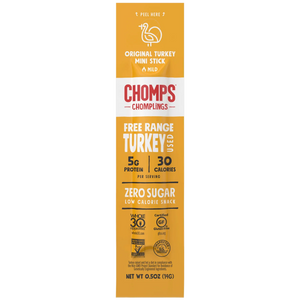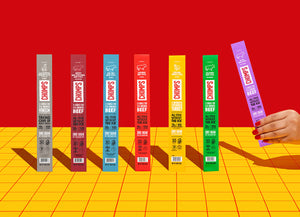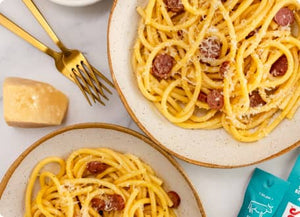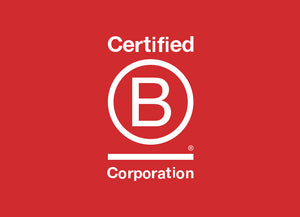If you have high blood sugar or hyperglycemia, you may be at increased risk for type 2 diabetes. Blood sugar rises in response to food and what you eat determines how high your blood sugar levels increase.
Eating a diet that causes your blood sugar to rapidly rise and fall throughout the day can lead to chronically high blood sugar levels. Plus, those blood sugar fluctuations can deplete energy, increase food cravings, make you feel cranky, and contribute to weight gain.
If you’re struggling with signs of erratic blood sugar, have learned through blood testing that your levels are running high, or have been diagnosed with pre-diabetes, a low blood sugar diet may help.
The best diet to lower blood sugar includes more foods that promote steady blood sugar levels and fewer foods that cause blood sugar to spike.
Here, we’ll cover what you can and can’t eat on a low blood sugar diet plan and provide a sample meal plan.
Benefits and Drawbacks of a Low Blood Sugar Diet
Other health benefits of a blood sugar lowering diet include:
- Help you feel fuller for longer
- Reduces food and sugar cravings
- Supports weight loss
- Enhances energy
- Improved mood and focus
- May reduce cholesterol and triglycerides
- Lowered inflammation
- Reduce the risk of heart disease and type 2 diabetes
There aren’t too many risks associated with a low blood sugar diet. One potential drawback is unnecessarily eliminating healthy foods, like some fruits, if you’re using the glycemic index to plan meals and snacks.
What to Eat On a Low Blood Sugar Diet
A low blood sugar diet doesn’t differ much from other healthy diets, like the Mediterranean, DASH, or plant-based diets. It focuses on filling your plate with fiber-rich foods, protein, and healthy fats.
Fiber, protein, and fat digest more slowly than simple carbohydrates, or sugars, and don't cause blood sugar to spike. Ideally, meals should include a source of fiber, protein, and healthy fat for the best blood sugar control.
Foods to Eat
-
High fiber foods
- Leafy greens - spinach, kale, lettuce
- Non-starchy vegetables - celery, cucumber, bell peppers, zucchini
- Sweet potatoes
- Fruit
- Legumes - beans, lentils, edamame
- Whole grains - brown rice, rolled oats, quinoa, sprouted bread (i.e. Ezekiel)
-
High protein foods
- Eggs
- Beans
- Lean meats
- Poultry - chicken, turkey
- Fish & shellfish - salmon, tuna, shrimp, crab, oysters
- Tofu
- Plain yogurt and cottage cheese
-
Healthy fats
- Nuts
- Seeds
- Avocado
- Olives
- Cooking oils - extra virgin olive oil, coconut oil, avocado oil, ghee
Foods to Limit or Avoid
-
Refined Grains
- White bread, rice, and pasta
- Pancakes, waffles, and muffins made with refined flours
- Refined snacks - pretzels, crackers, chips
-
Sweets
- Candy
- Table sugar, honey, maple syrup
- Baked goods - cookies, cake, pie, donuts, pastries, cornbread
- Dried fruit - dates, apricots, raisins
-
Sugary Drinks
- Juice
- Soda
- Sweetened iced tea
- Energy drinks
- Alcohol
-
Added Sugars
- Sugar-sweetened cereal and granola
- Flavored instant oatmeal
- Flavored yogurt
- Granola/energy bars
- Condiments with added sugar - salad dressings, bbq sauce, ketchup
-
Fried foods - french fries, fried chicken, buffalo wings
When you need a quick snack fix, the same guidelines apply. Try reaching for snacks that are a good source of protein for better blood sugar. Some ideas:
- Jerky, like Chomps Beef Sticks
- Hard-boiled eggs
- Nuts and nut butters
- String cheese
- Plain cottage cheese or yogurt
- Edamame
Low Blood Sugar Meal Plan
Here is a sample 7-day meal plan that can help you improve your blood sugar.
Day 1
Breakfast: Oatmeal topped with blueberries, ground flaxseed, cinnamon, and walnuts
Lunch: Vegetable soup and half a turkey sandwich on sprouted bread
Dinner: Sauteed shrimp with quinoa and broccoli
Snack: Baby carrots and bell pepper strips with hummus
Day 2
Breakfast: Sprouted whole-grain toast topped with avocado and sliced hard-boiled egg
Lunch: Green salad topped with a salmon burger
Dinner: Chicken and vegetable cauliflower fried rice
Snack: Chomps meat stick and an orange
Day 3
Breakfast: Cottage cheese with cinnamon and mixed berries
Lunch: Chicken salad lettuce wraps
Dinner: Beef chili
Snack: Small apple and a handful of raw almonds
Day 4
Breakfast: Eggs scrambled with onion, spinach, and a chopped Chomps meat stick
Lunch: Quinoa and black bean salad with bell peppers, tomatoes, and green onion
Dinner: Roasted salmon with asparagus and brown rice
Snack: Celery sticks with natural nut butter
Day 5
Breakfast: Smoothie made with milk, frozen berries, spinach, ground flaxseed, cinnamon, and natural nut butter
Lunch: Loaded baked potato stuffed with broccoli, Chomps Turkey Sticks, non-dairy cheese sauce
Dinner: Roasted chicken thighs with Brussel sprouts and sweet potatoes
Snack: Plain Greek yogurt and a pear
Day 6
Breakfast: Omelet with bell pepper, mushrooms, and shredded cheese topped with salsa and avocado
Lunch: Balsamic Beef and Mushroom Salad
Dinner: Spaghetti squash with turkey meat sauce and a side salad
Snack: Chomps meat stick and a handful of raw almonds
Day 7
Breakfast: Oatmeal with peanut butter, cinnamon, and strawberries
Lunch: Half an avocado stuffed with tuna salad and a peach
Dinner: Beef stir-fry with broccoli, mushrooms, and brown rice
Snack: Cheese stick with 100% whole grain or grain-free crackers
If you’re trying to improve your blood sugar, a lifestyle approach is the best way to achieve healthy blood sugar levels. Plan to make healthy eating choices for the long-term and get regular exercise. Filling your pantry with high quality protein items, like Chomps meat sticks and assorted nuts, can help you transition to snacks and meals that can help stabilize your blood sugar.
FAQs about Low Blood Sugar
What diet is best for low blood sugar?
Stick to balanced meals with complex carbs, lean protein, and healthy fats. Think whole grains, eggs, nuts, and low-glycemic fruits. Eat small, frequent meals to keep your blood sugar steady and avoid sudden crashes. Keeping these rules in mind gives you the understanding you need to design the best diet for low blood sugar.
What are the benefits of a low blood sugar diet?
You can use a low blood sugar diet to lower cholesterol and blood sugar. It can also help reduce food cravings, improve mood, focus, and energy, support weight loss efforts, improve cholesterol levels, and reduce the risk of chronic disease.
How long do you have to follow a low blood sugar diet?
A low blood sugar diet is not a quick fix. Focusing on high fiber foods, lean protein, and healthy fats is a long-term approach for healthy blood sugar, weight management, and overall health.
What are the best snacks for low blood sugar?
Here are some quick, options for a low blood sugar diet:
-
Chomps meat sticks (high quality protein and low carb)
-
Apple slices with almond butter
-
Hard-boiled eggs
-
Hummus with veggies
-
Greek yogurt with chia seeds
-
Whole-grain crackers and cheese
How do I start a low blood sugar diet?
Kick off your diet for low blood sugar by making a few smart swaps and kitchen clean-outs:
-
Ditch table sugar, syrup, honey, and molasses
-
Cut back on sugar in your cereal and coffee
-
Swap soda for water, sparkling water, or diet drinks
-
Choose fresh or frozen fruits—or canned fruit packed in water, not syrup
-
Scale down sugar in recipes when baking
-
Add flavor with vanilla or almond extract instead of extra sweeteners


